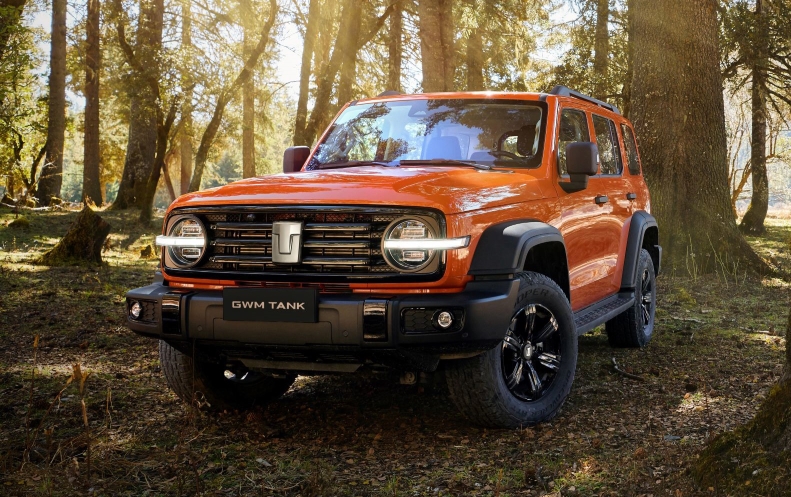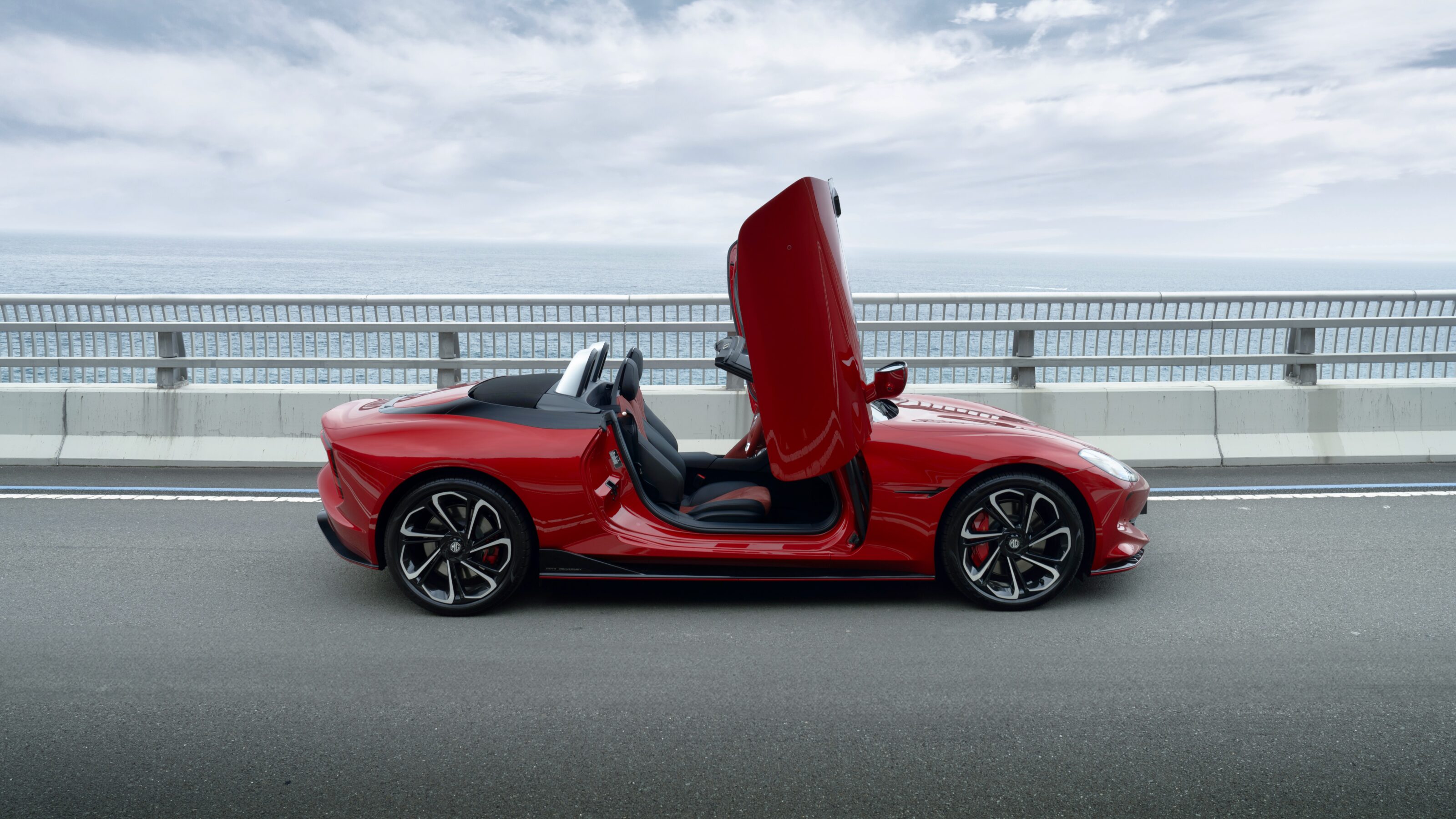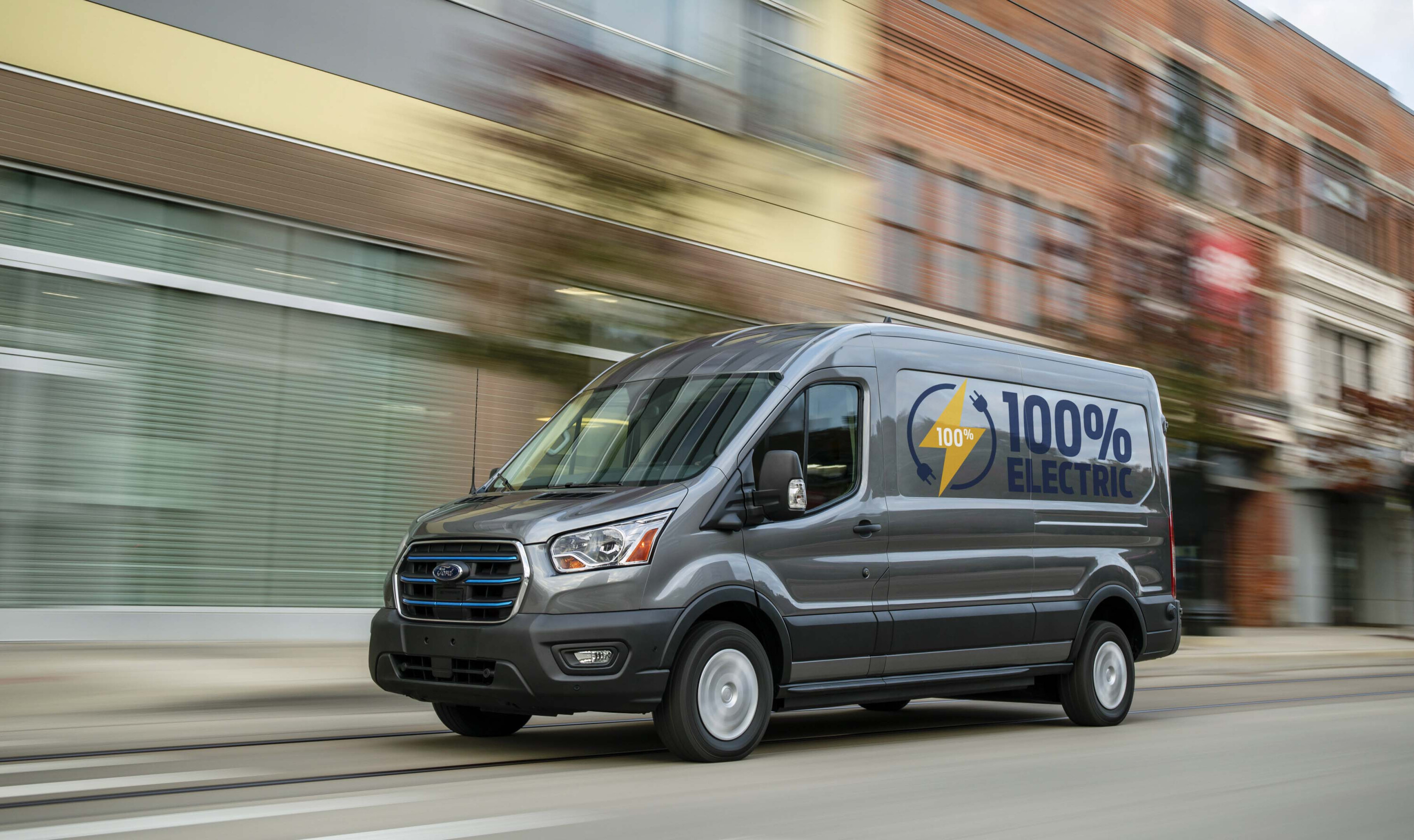
Electric light commercial vehicle (LCV) sales in Australia have exploded since 2016, when four – yes four – Renault Kangoo Z.E. sales made up the entire annual volume for battery-powered vans.
While the electric commercial segment may eventually flourish with the introduction of all-electric dual cabs – given there’s only one on sale right now, the phenomenally expensive LDV eT60 – there are already more than half a dozen brands offering battery-electric vans in Australia.
There are also already electric van offerings in multiple sizes – from the small Renault Kangoo E-Tech and Peugeot e-Partner to the one-tonne LDV eDeliver7 and forthcoming Volkswagen ID.Buzz, before the larger Ford e-Transit, Mercedes-Benz eSprinter, and the imminent Ford e-Transit Custom
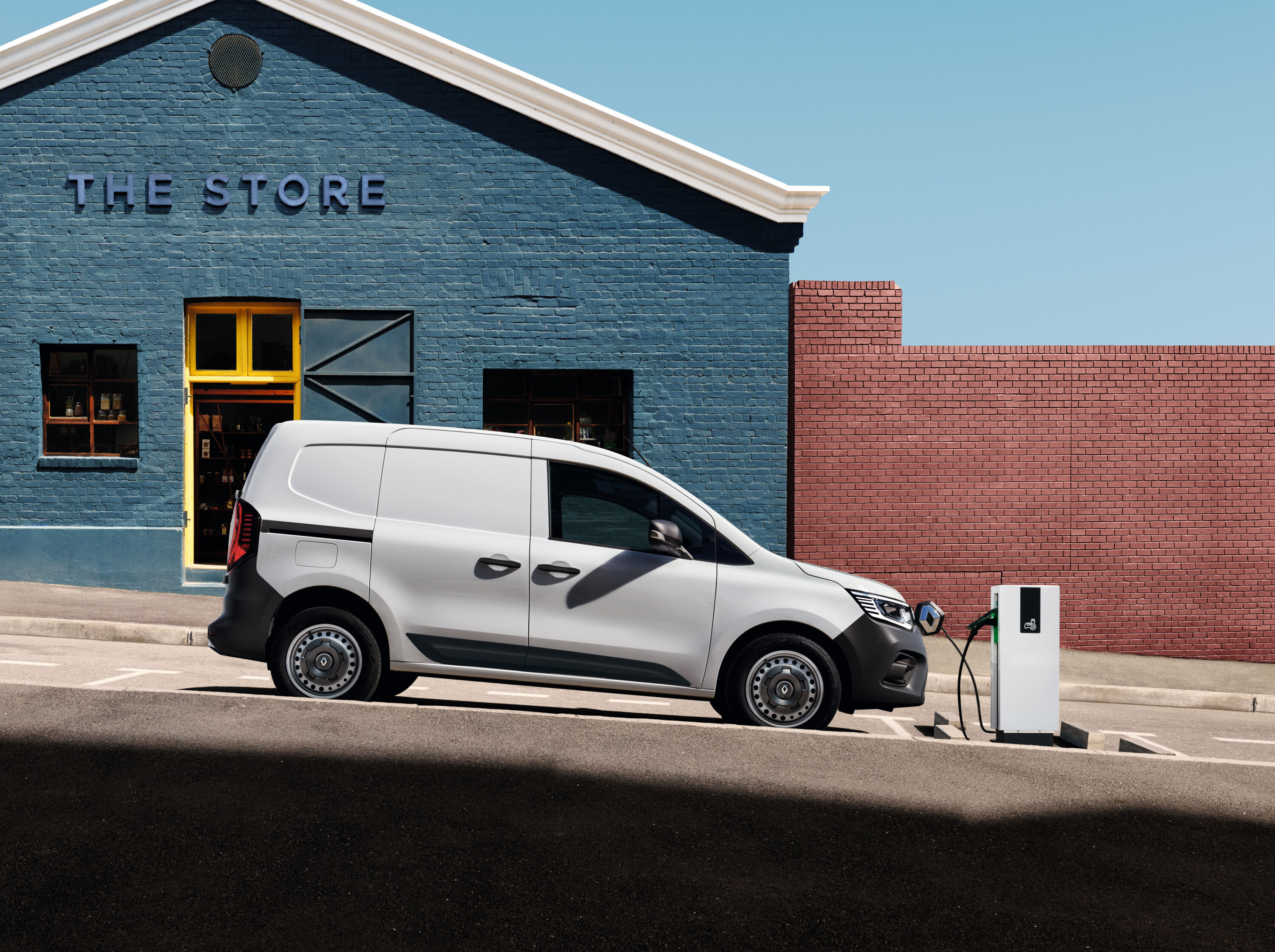
The 212 electric vans sold in 2023 pale in comparison to the 87,005 electric passenger vehicles and SUVs sold that same year, but it’s clearly early days for electric workhorses.
“It’s a financial equation – a pure economic decision,” says Steven Bragg, partner and motor industry service lead at Pitcher Partners in Sydney. “When you think of a dealer to private transaction, it’s emotional … but [for electric vans] it’s a business transaction … it’s either, ‘Hey, I’ve got this contract’, or ‘I’m going to do this job’ – this vehicle has a mission it has to perform.”

This makes the higher purchase price – combined with worse resale value than internal combustion equivalents – an even greater barrier to entry in the light-commercial space.
Yet there’s enormous growth on the way judging by Europe – where sales of electric vans surpassed petrol-powered versions in 2023, second only to diesel.
While Australia’s proposed emissions laws may also give the segment a boost, tightening regulations in the UK – and the European Union’s planned 2035 outlaw of new vehicles using internal combustion – mean more choice and better performing electric vans are already hitting showrooms in Australia.
JUMP AHEAD
Small vans
The smallest segment – accounting for only about 2000 sales across all makes, models and powertrains in 2023 – has two key sparring rivals to choose from.
Designed for the ‘last mile’, on paper they’re a prime case for electric vans and feature significant car-like tech – such as smartphone connectivity and driver assist systems (though if you’re not into French brands, you’re stuck).
The second-generation Renault Kangoo E-Tech is the successor to the first electric van sold in Australia – the Kangoo Z.E. – and is offered in a single trim level with short-wheelbase ($61,990) and long-wheelbase ($63,990) body styles.
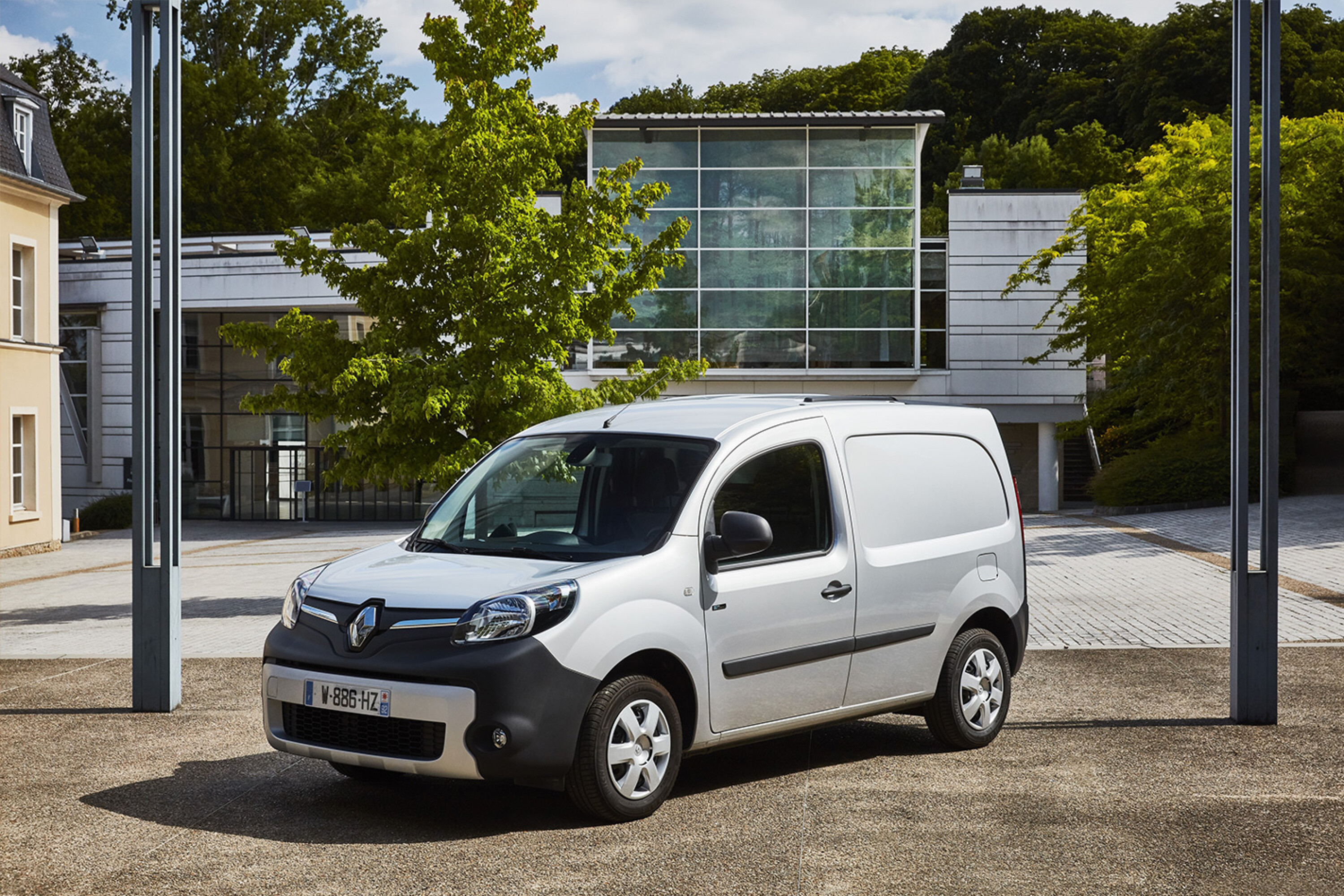
Space ranges from 3.3-cubic metres to 4.2 cubic metres, with 523kg and 668kg payloads.
The Kangoo E-Tech is powered by a 90kW/245Nm electric motor with a 45kWh battery and has an official 286km Worldwide Harmonised Light Vehicle Test Procedure (WLTP) range.
An extra-cost direct current (DC) fast charger can supply 80 percent of that range in 27 minutes, with ‘last milers’ more likely to have access to public rapid chargers given their more common metropolitan usage.
The Kangoo is marginally more expensive than its closest electric rival, the Peugeot e-Partner, which offers a single long-wheelbase version with 3.9-cubic metres of load space for $59,990.
On sale since 2018, the current e-Partner brings a 750kg payload courtesy of more powerful 100kW/260Nm motor, with a 258km WLTP range and a similar 30-minute charge time on a DC charger for 80 percent top-up.
Midsize one-tonners
There’s no prizes for guessing that the most affordable midsize van currently on offer is by a Chinese car maker: LDV.
The LDV eDeliver7 was launched in 2024 and at $63,990 on-the-road (for ABN holders only) is the most affordable battery-powered van in the high-selling medium LCV segment, where the Toyota HiAce dominates.
Importantly, the eDeliver7 was developed as an electric van first, with a diesel version expected to be added later in 2024.
Across four variants the front-wheel-drive eDeliver7 offers short- and long-wheelbases with load space between 5.9 cubic metres expanding to 8.7 cubic metres with the high-roof option ticked.
A larger 88kWh battery replaces the entry level 77kWH pack, increasing claimed range from 310-362km across the line-up, with prices topping off at $73,674 including on-roads.
The LDV reflects the rapid evolution of electric vehicles – it has more power, greater range and is cheaper than the Mercedes eVito which went on sale in 2022, with an all-new eVito on a fresh platform expected in 2026.
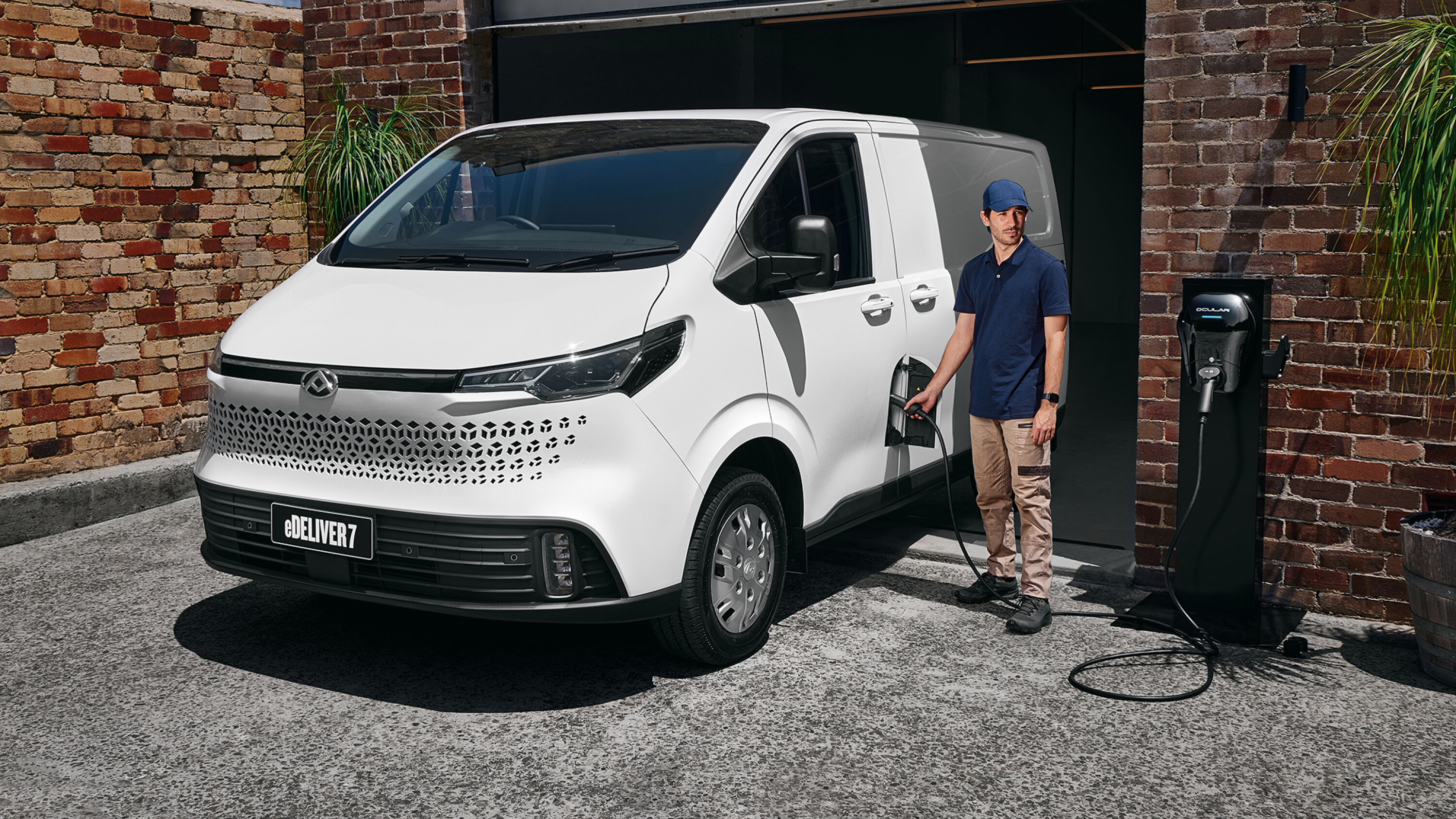
The eVito will survive until then on with its 2024 update, priced from $91,051 before on-road costs, offered only with the medium wheelbase bodystyle.
It offers an 85kW/360Nm electric motor with 260km range (using the older NEDC test procedure) and 60kWh battery and a 35-minute 80-percent fast charge.
As well as the LDV, the eVito will face an armada of new rivals in the coming months, including the forthcoming Ford Transit E-Custom (due Q1 2025 with pricing TBA) and Volkswagen Buzz I.D. Cargo (arriving just before Christmas at an RRP of $79,990).
Ford’s rear-wheel drive E-Transit Custom is expected to offer a 160kW/450Nm electric motor and a 74kWh battery pack.
That brings a 380km WLTP range, with 15-80 per cent of that on hand after a 41-minute fast-charge using a 124kW DC charger.
Like the larger E-Transit, expect its packaging to offer the same space as its diesel counterpart.
With local details still yet to be confirmed, pricing will be crucial to the Ford’s success with the US car maker cutting electric vehicle production in 2023 and reducing prices of the Mustang Mach-E electric SUV before it hit showrooms here last December.
Australian specifications of the Volkswagen ID.Buzz Cargo – the commercial version of its funky retro-styled van – are yet to be confirmed.
UK versions offer a single body style with 3.9 cubic metres of load space, with a 150kW/310Nm electric motor and 77kWH battery pack for a 408km WLTP range.
Small electric van owners looking to upsize may be pleased to see the French battle carrying on in the mid-size van sector, too.
The Peugeot e-Expert has arrived in Australia, wearing a $79,990 RRP and offered in a single long-wheelbase spec with a 100kW/260Nm motor and a 75kWh battery pack delivering a maximum range of 330km.
Watching closely will be Renault, which says it plans to being the electric Trafic into the segment by the end of 2024 – although it is yet to lock this in.
This means the majority of brands competing in Australia’s largest van segment – with 20,000 units sold in 2023 across nine manufacturers – will offer electric options by the by the end of this year.
Large electric vans
The biggest electric vans on sale come from Ford and LDV, with Renault and Mercedes-Benz entering the fight in 2024.
Already in showrooms, Ford’s E-Transit has the same 12.4-cubic-metre load area as its diesel-powered version, with a 307km WLTP range – while its payloads are close to the oiler, too.
“Electrification is a focus, but it can’t come at the cost of reduced fleet efficiency or performance,” said Christine Wagner, General Manager, Fleet and Upfitting, Ford Australia.
Wagner told WhichCar both fleet and private buyers were buying its electric van – prompting the addition of the smaller E-Transit Custom – aided by improving charging infrastructure, too.
“Their key consideration is capability – will an electric van do the job they need it to do?” Wagner said.
“While the segment is still relatively small, we see it as a growing opportunity … It may seem like an obvious thing, but, anecdotally, drivers enjoy having a quiet cabin given how much time they spend in it.”
From $89,990 plus on-roads costs, the E-Transit is priced considerably higher than its diesel equivalent but is considerably cheaper than the LDV eDeliver9’s asking price of $116,537.
The eDeliver9 also offers the same load space as its diesel version, with a 280km range… but is speed limited to 90km/h.

Mercedes-Benz added the eSprinter in September, with the all-electric large van equipped with a 150kW/400Nm rear-mounted electric motor and the choice of two batteries – an 81kWh unit, or a long-range 113kWh battery. Range tops out at 359km, while payload is either 1523kg for the 81kWh van or 1115kg for the 113kWh eSprinter.
Less convincing on paper is the Renault Master E-Tech – confirmed for Australia in 2024 – with a less potent (57kW) electric motor than key rivals and only a 200km driving range.
It makes Renault the only brand to offer an electric van in all three main light commercial segments.
Future electric vans
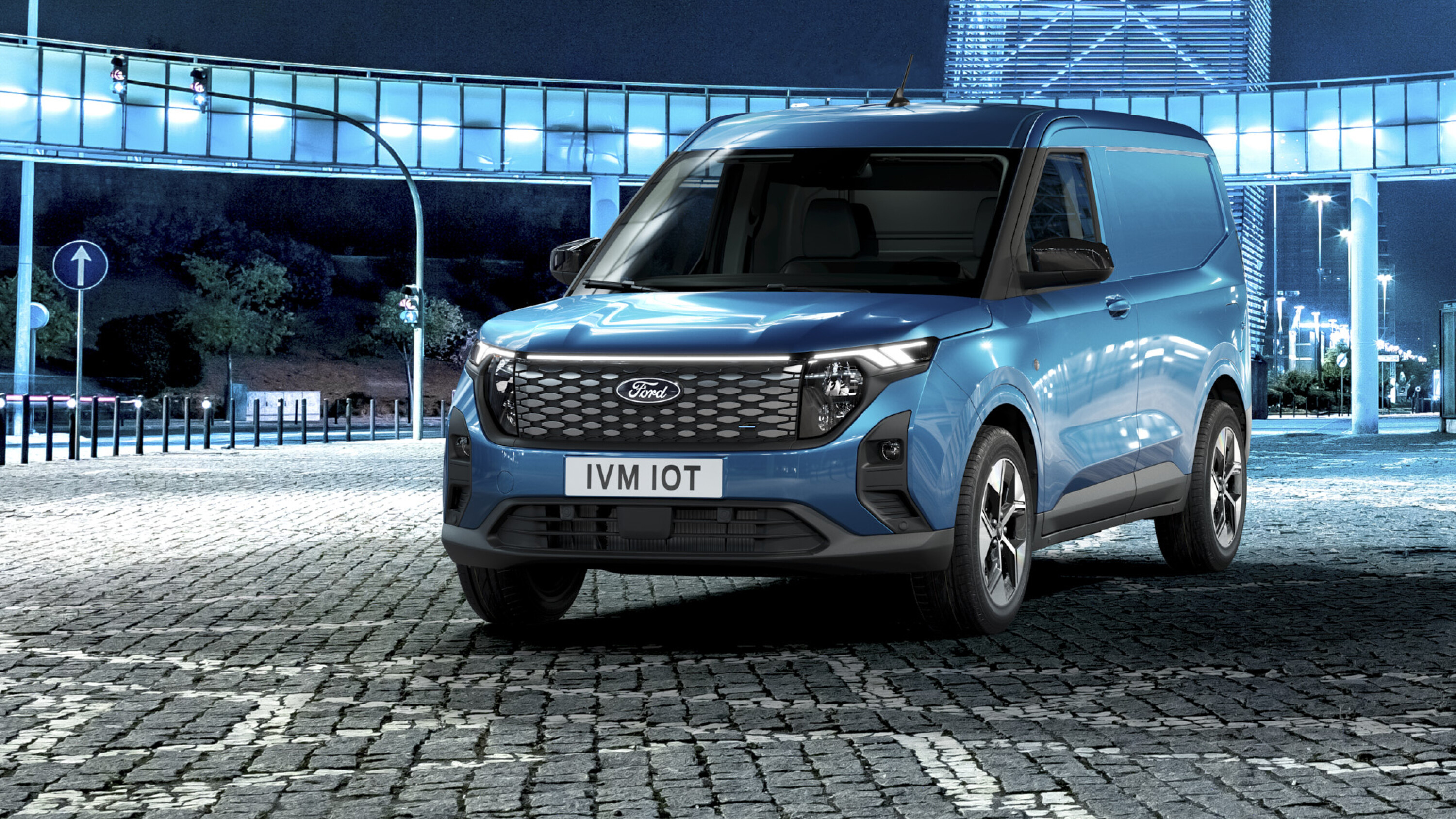
Ford also has an upcoming electric small van, if not yet confirmed for Australia. The E-Transit Courier (pictured above) shares its underpinnings with the upcoming Puma EV compact electric SUV that is heading down-under.
What about the biggest-selling van in Australia, the Toyota HiAce?
Australia’s most popular van does not yet have an electric model in local showrooms.
The Japanese car maker revealed a prototype electric version of its ‘H400’ global HiAce in late 2023, tipped for showrooms in 2025 – although it’s yet to make any official confirmation.
In Europe, Toyota sells the electric ProAce – which is made alongside its Peugeot e-Expert twin that will be offered here in 2024 – while in Australia, it tested a V6 hydrogen-fuelled HiAce in late 2023.
Hyundai, too, has also played in the fuel-cell space with its Staria Load, and while it has been a major electric car player in Australia – and even has an electric truck here – it doesn’t have an electric van in showrooms.
The Staria Load Hybrid – currently only offered in South Korea – could make its way here, while a battery-electric version is rumoured for production in 2026.
What seems certain is that the electric-van segment is one that looks set to keep filling up with options for businesses.

